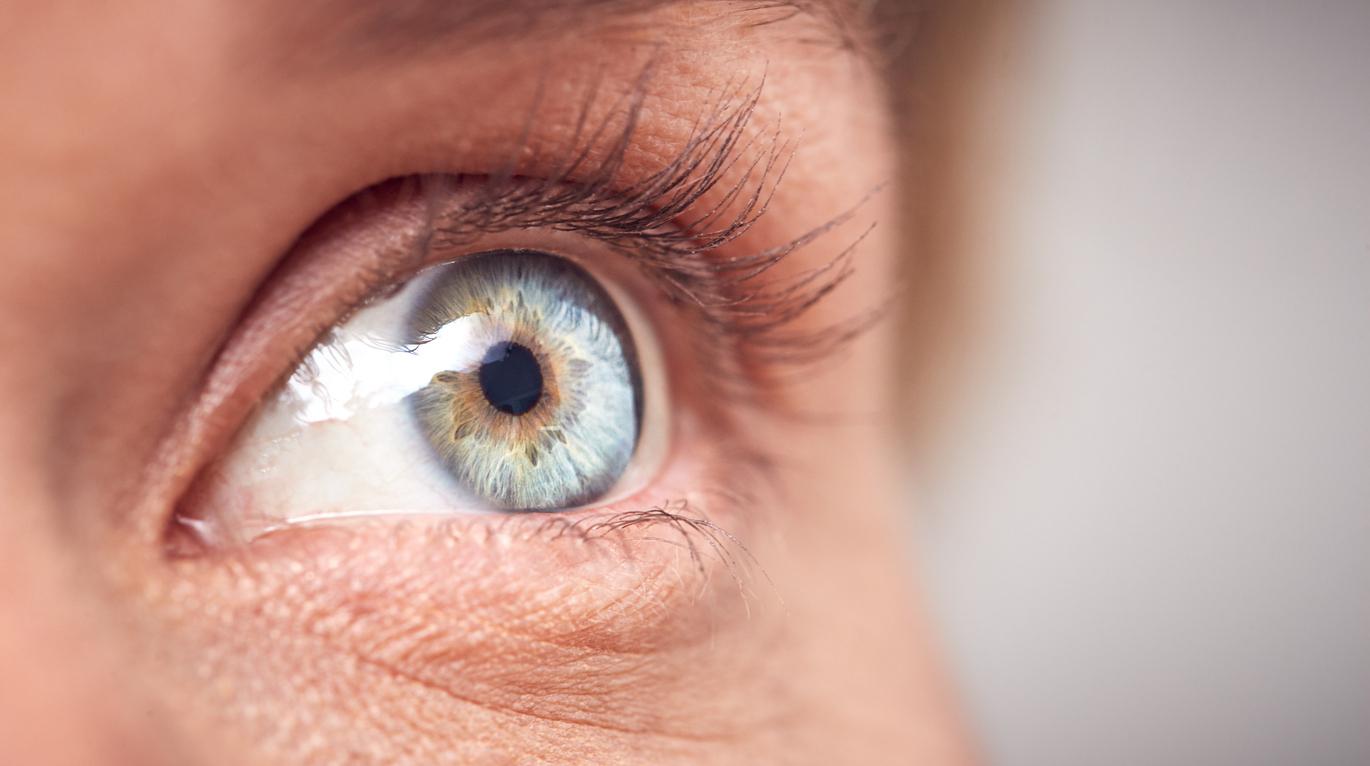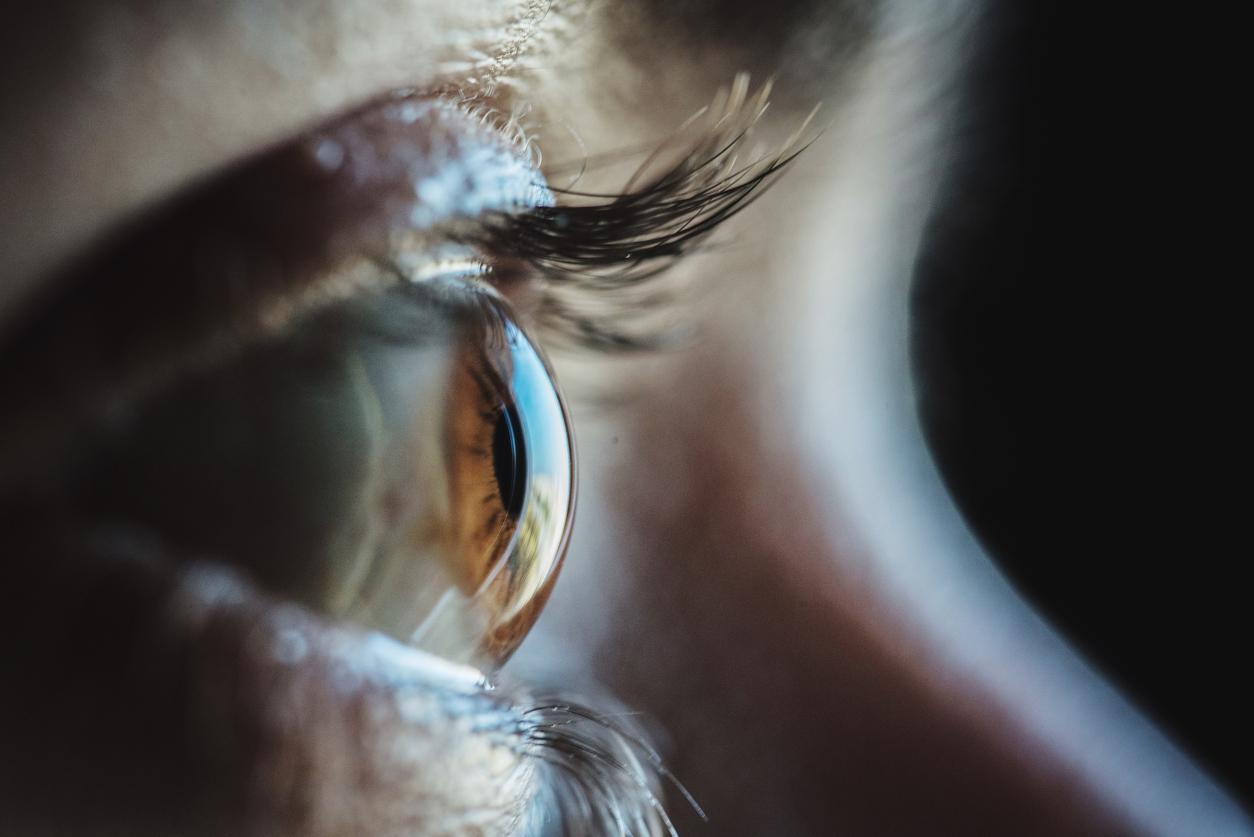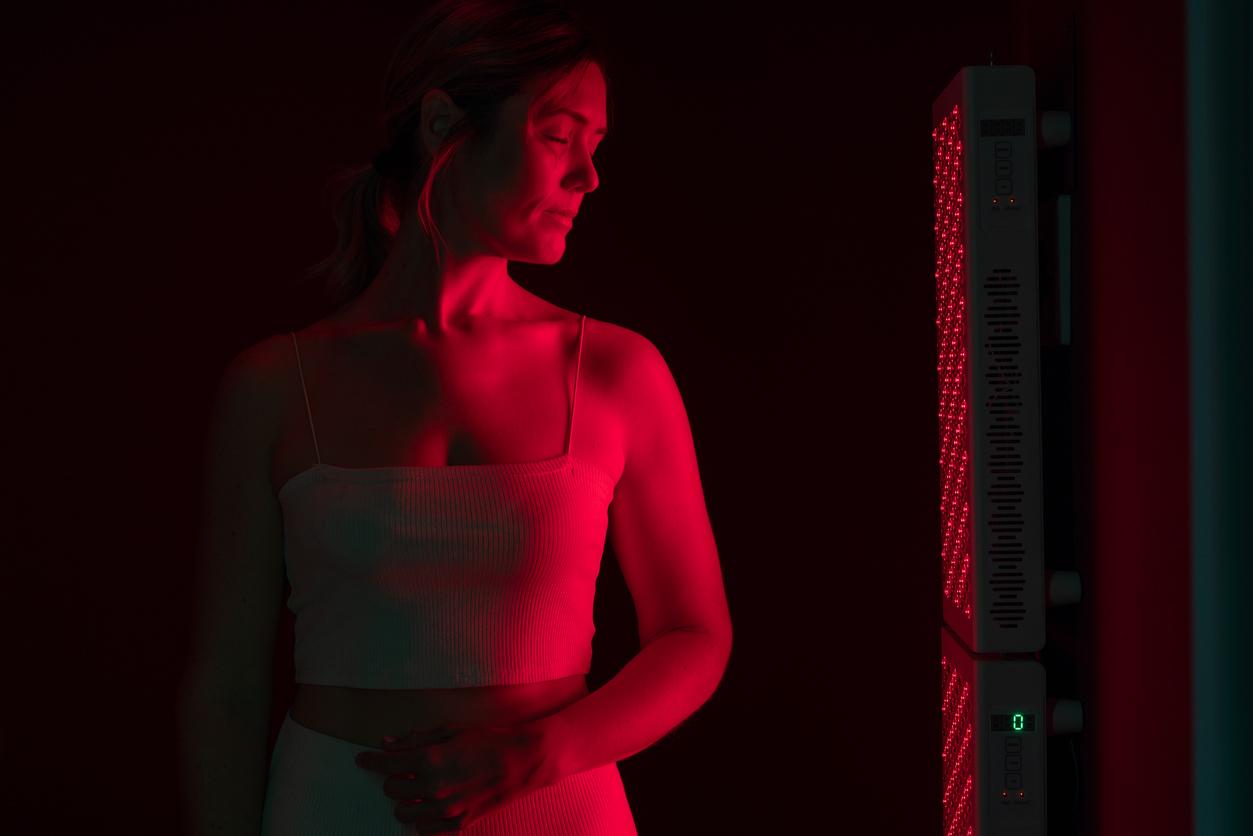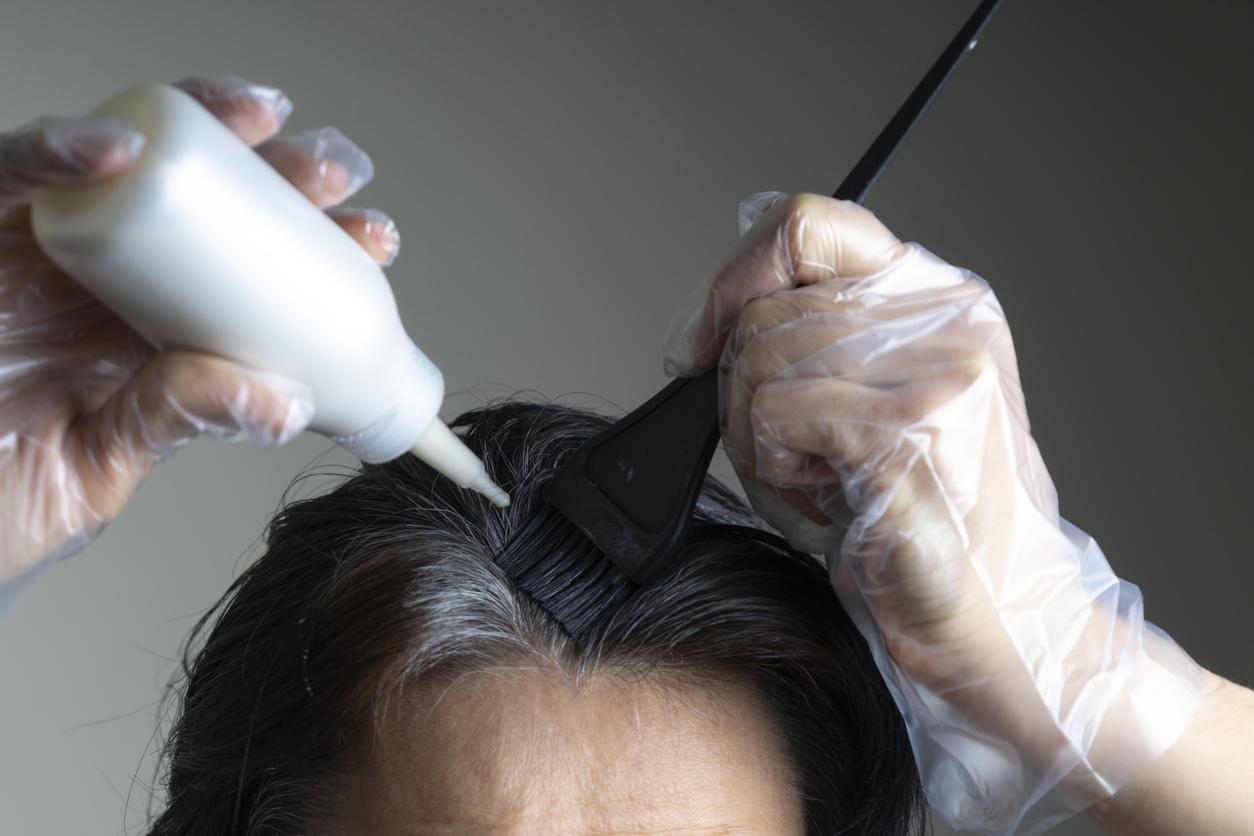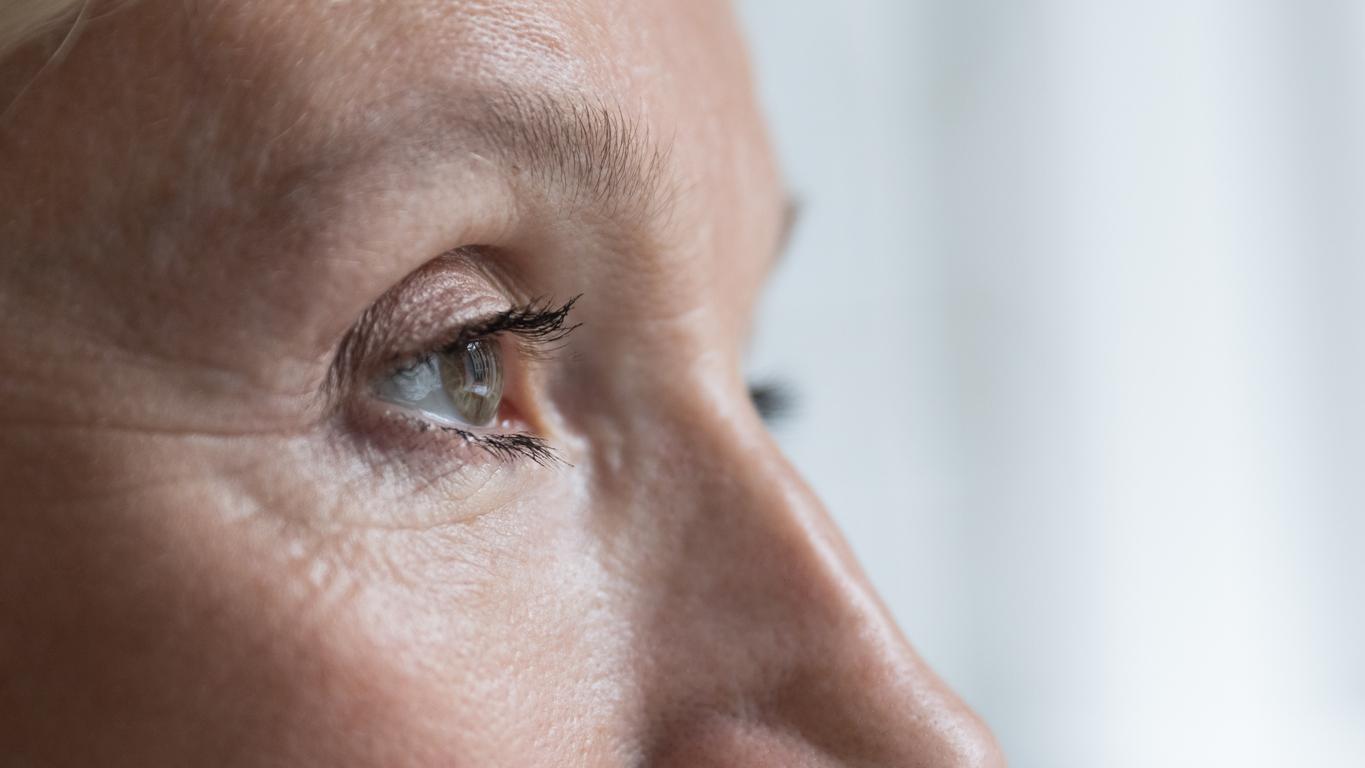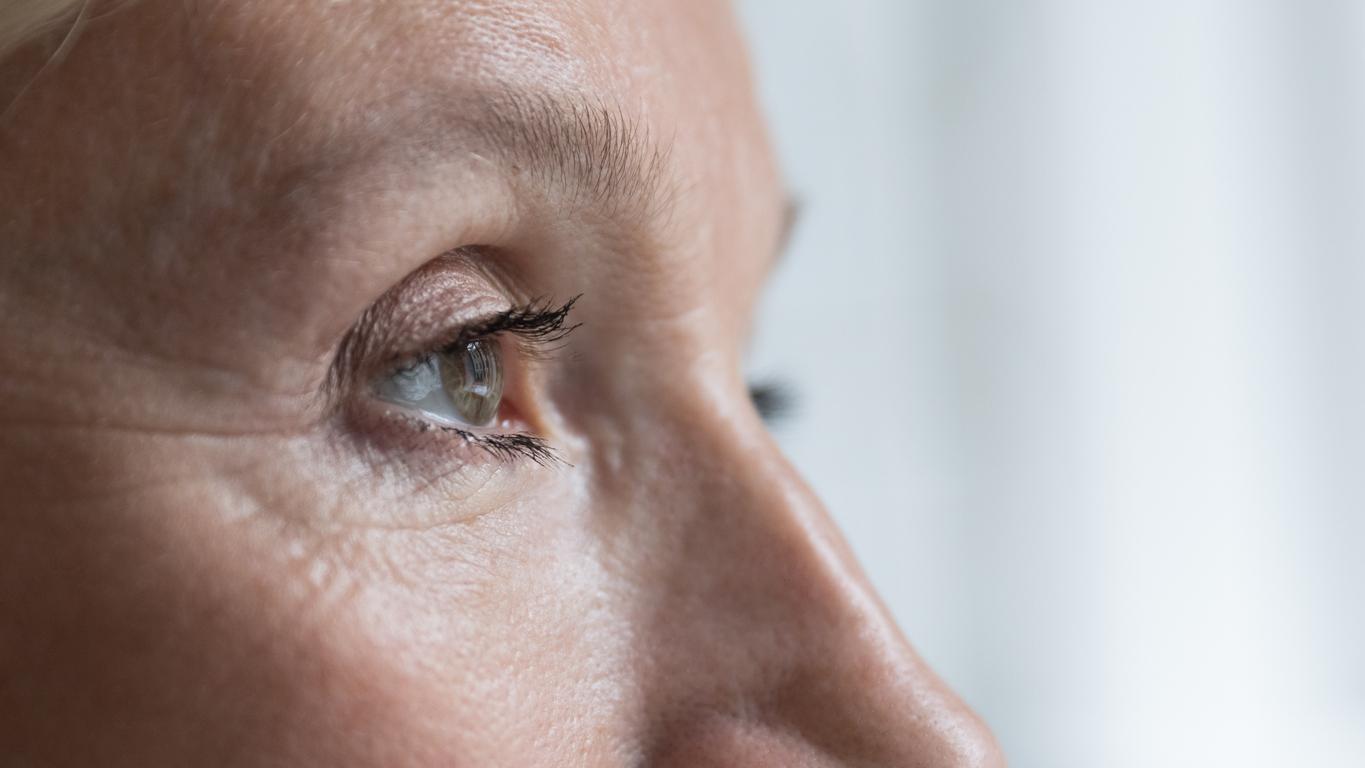The “technical checks” of the sight, it starts, from birth. “Very premature babies must pass an examination to check their retina, and rule out a possible retinopathy of prematurity“explains Dr Xavier Subirana, ophthalmologist.
For all other newborns, the systematic examination at the maternity ward checks that there is no congenital anomaly. If a cataract is detected, for example, it will be operated on in the first few days.
Toddlers have regular appointments with the pediatrician, compulsory examinations reimbursed at 100% by Health Insurance: in the first 8 days of life, once in the second week, once a month during first six months, etc. Close monitoring giving the doctor the opportunity to check, among other things, the sight of his little patient.
At 2 years old: looking for amblyopia
“It’s an important age, insists Dr. Subirana. We will be able to detect many things, such as strabismus (the two eyes do not look at the same place), or ametropia (anomaly in the refraction of light rays, responsible for myopia, hyperopia or astigmatism) significant.
This is also the perfect time to spot amblyopia. Amblyopia is nicknamed “lazy eye syndrome” because the brain focuses on one eye and “forgets” the other. This disorder is corrected very well, with glasses (to give a clear image) and an eye patch, like a little pirate, on the performing eye, for a few weeks, even a few months, to force the “weak link” to work. . Before 4 years, recovery is total in 95% of cases. “But be careful, with this disorder, the game ends at age 6. In other words, if nothing has been done before, the lazy eye will no longer be able to recover” and will inevitably go blind. Hence the need for frequent and early screening.
At 6 years old: the onset of myopia
Read, write … When entering first grade, one must above all not let a visual disturbance pass, at the risk of putting the child in school failure. “From 7-8 years old can begin myopia, which will progress until the age of 20-25 years, before stabilizing. Today, it is possible to slow down its evolution”, explains Dr Subirana. How? ‘Or’ What ? By limiting screens, and by having children do daily outdoor activities. Natural light is indeed an excellent antidote to myopia.
“It must be done. Absolutely. Because above -6 diopters, there is a risk of retinal detachment, cataracts and glaucoma. The more you will manage to curb myopia in childhood, that is to say – say by the time it evolves, the more you will avoid serious problems in adulthood. “
Between 20 and 40 years: more frequent checks
From the age of 20, the appointments with the ophthalmologist are more spaced if no anomaly has been detected before: once every five years. This does not prevent, on the contrary, to consult quickly in the event of unusual symptom: “If one has itchy eyes or regularly a headache, it can be interesting to consult an ophthalmologist to check that one is not not an astigmatic who ignores himself. “
Diabetics have a special diet: they must see this specialist at least once a year. Because an enemy, long silent, threatens their vision: retinopathy. It is the excess sugar in the blood that, in the long term, can create microaneurysms in the retina. This bleeding can lead to retinal detachment and ultimately blindness. A regular check-up helps treat the problem at its earliest stages, so that it does not get complicated. If retinopathy is detected at a later stage, intravitreal injections can treat macular edema, and the laser can stop the proliferation of new vessels.
45 to 65 years old: when presbyopia steps in
From the age of 45, check-ups with the ophthalmologist get closer: once every two to three years. “It is the beginning of presbyopia, which affects everyone. It is impossible to escape it.” We turn on the light, we stretch our arms out to read, but there comes a time when the near vision is blurry. A phenomenon of aging, inevitable (even in myopic people contrary to popular belief): over the years, the lens loses its flexibility. “We also screen for glaucoma. We must do it, because there are no warning signs. When we see it on our own, it is too late: the lost vision is forever.”
Over 65: at least one appointment per year
According to INSEE, the number of seniors over 75 in France will double by 2050, and those over 85 will reach 4 million. However, to age well, continue to read your newspaper, play cards with your friends, go to the movies, go out shopping …, you have to see well. And therefore scrupulously respect this recommendation: at least one appointment per year with your ophthalmologist to be detected as soon as possible for glaucoma, cataracts or AMD. And receive treatment that will be all the more effective the earlier it has been started.
In video: glaucoma is the leading cause of blindness in France, explains to Top Santé TV Dr Romain Nicolau, ophthalmologist
Read also :
- 9 things to know about your eyes
- 9 foods that are good for your eyesight
- Night lenses: a temporary but practical correction








